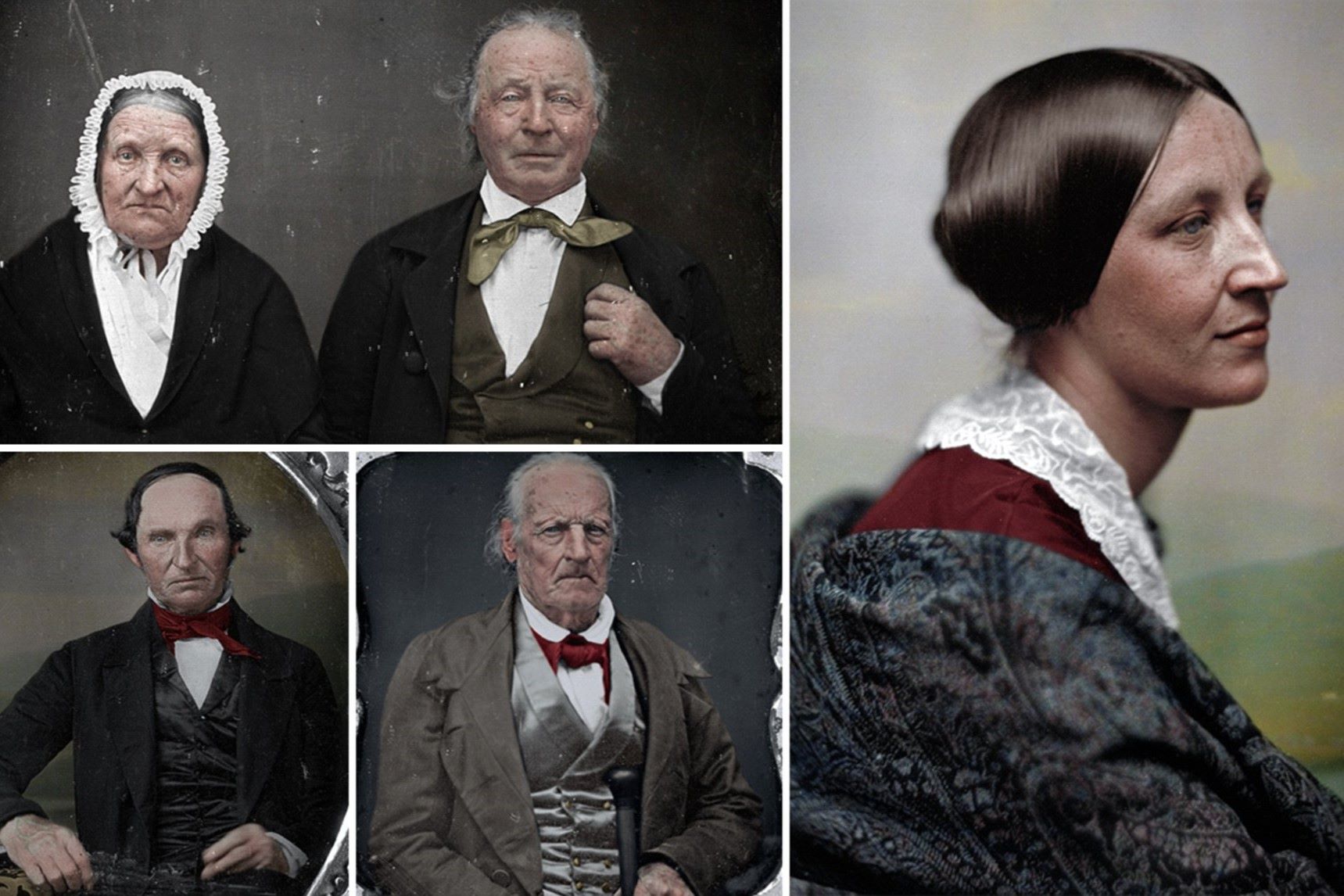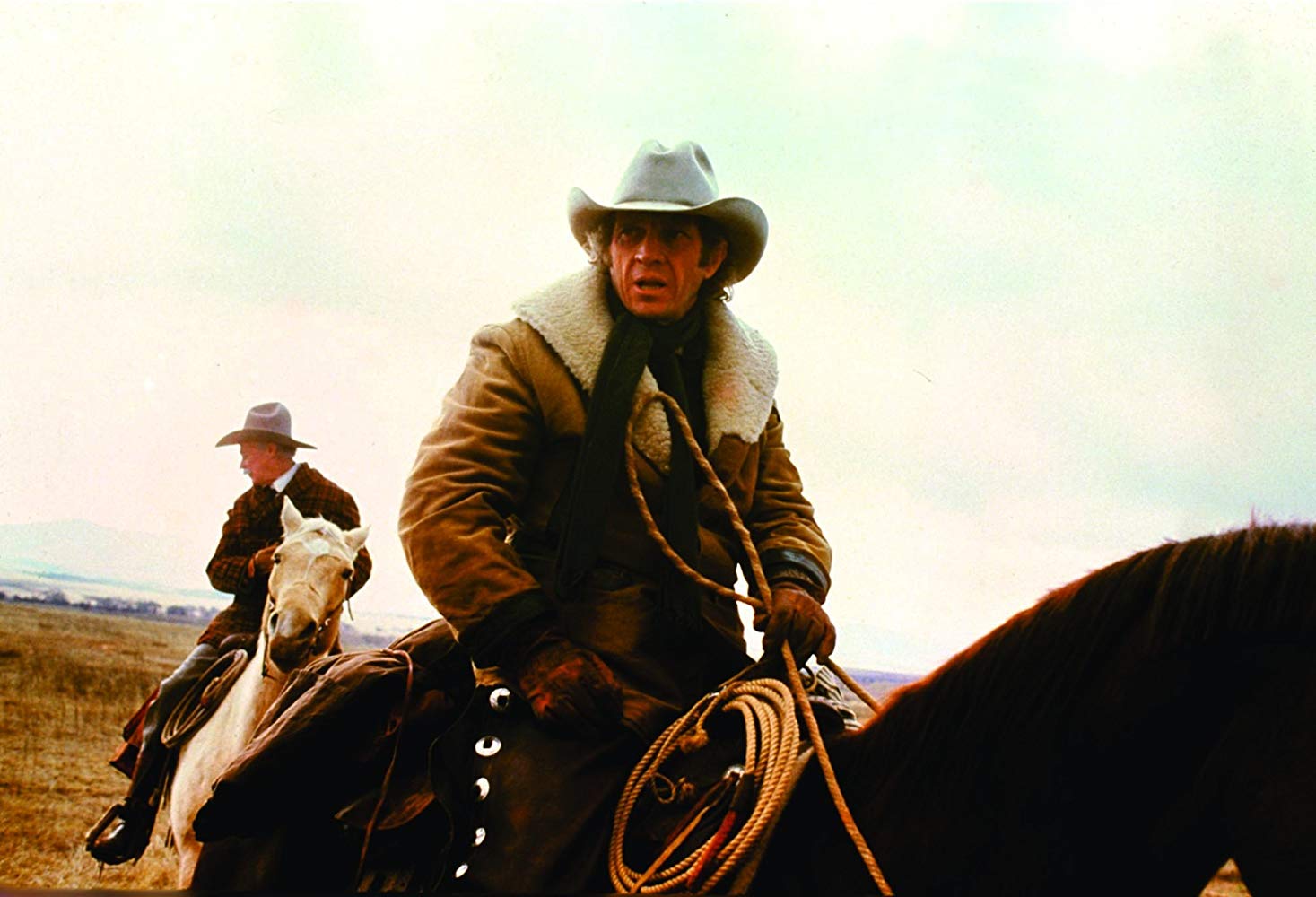
Colorized 1840s portraits offer a fascinating glimpse into the past, blending history with a touch of modern artistry. These images, originally captured in black and white, have been meticulously colorized to bring out details that were once hidden. Why are these portraits so captivating? They provide a unique window into the lives, fashion, and personalities of people from nearly two centuries ago. By adding color, these portraits become more relatable and vivid, allowing us to connect with history on a deeper level. What makes them special? The combination of historical accuracy and artistic interpretation creates a compelling narrative that bridges the gap between past and present. Dive into these 35 intriguing facts about colorized 1840s portraits and discover how they transform our understanding of history.
Key Takeaways:
- Colorized 1840s portraits were meticulously hand-tinted, bringing black and white images to life with natural pigments. They captured family, military, and post-mortem subjects, reflecting societal status and cultural significance.
- These portraits, though a luxury for the affluent, had a lasting impact on society, preserving memories and sparking artistic expression. Today, they remain valuable historical records and sought-after art pieces, with modern technology replicating their unique charm.
The Birth of Colorized Portraits
Colorized portraits from the 1840s offer a unique glimpse into the past. These images, originally black and white, were painstakingly hand-tinted to bring them to life.
- Hand-tinting was the primary method used to add color to black and white portraits in the 1840s.
- Artists used watercolors, oils, and pastels to colorize these images.
- Daguerreotypes, an early form of photography, were often the base for these colorized portraits.
- Colorization was a meticulous process, often taking several hours or even days to complete.
- Portraits were typically colorized to make them more lifelike and appealing.
Techniques and Tools
The methods and tools used to colorize portraits in the 1840s were quite different from today's digital techniques.
- Brushes of various sizes were used to apply color to different parts of the portrait.
- Magnifying glasses helped artists see fine details while working on small daguerreotypes.
- Pigments were mixed to create a wide range of colors, often using natural materials.
- Fixatives were applied to ensure the colors adhered to the photograph and didn't fade over time.
- Layering was a common technique, where multiple layers of color were applied to achieve the desired effect.
Popular Subjects
Certain subjects were more commonly chosen for colorized portraits during this era.
- Family portraits were among the most popular subjects for colorization.
- Military personnel often had their portraits colorized to highlight their uniforms.
- Children were frequently depicted in colorized portraits, capturing their youthful innocence.
- Wealthy individuals could afford the luxury of colorized portraits, making them a status symbol.
- Post-mortem portraits were sometimes colorized to create a more lifelike memory of the deceased.
Challenges Faced
Creating colorized portraits in the 1840s came with its own set of challenges.
- Fading was a common issue, as early color pigments were not always stable.
- Accuracy was difficult to achieve, as artists had to guess the true colors of their subjects.
- Expense made colorized portraits a luxury item, accessible only to the affluent.
- Time-consuming nature of the process meant that only a limited number of portraits could be colorized.
- Skill required for colorization was high, limiting the number of artists who could perform this work.
Impact on Society
Colorized portraits had a significant impact on society in the 1840s.
- Preservation of memories was enhanced, as colorized portraits were more lifelike.
- Artistic expression found a new medium through the colorization of photographs.
- Cultural significance grew, as these portraits became treasured family heirlooms.
- Technological advancement was spurred by the demand for better colorization techniques.
- Social status was often reflected in the quality and detail of colorized portraits.
Modern Relevance
Even today, colorized portraits from the 1840s hold a special place in history and art.
- Historical records are enriched by these colorized images, providing a more vivid glimpse into the past.
- Art collectors often seek out these rare and valuable pieces.
- Museums display colorized portraits to educate the public about early photography techniques.
- Restoration projects sometimes involve re-colorizing faded portraits to their original glory.
- Digital technology has made it easier to replicate the look of hand-tinted portraits.
Fun Facts
Here are some interesting tidbits about colorized portraits from the 1840s.
- Queen Victoria had several colorized portraits made during her reign.
- Abraham Lincoln's early portraits were sometimes colorized posthumously.
- Tintypes were another form of early photography that was occasionally colorized.
- Miniature portraits were popular, often worn as lockets or brooches.
- Photographic studios specializing in colorized portraits began to emerge in major cities.
The Magic of Colorized 1840s Portraits
Colorized 1840s portraits offer a fascinating peek into history. They bring black-and-white images to life, making the past feel more relatable. These portraits reveal details about fashion, culture, and daily life that might otherwise be overlooked. By adding color, we can better understand the emotions and personalities of people from that era.
Technology has made it easier to colorize old photos accurately, preserving historical integrity while adding vibrancy. This blend of art and history helps us connect with our ancestors in a unique way.
Exploring these colorized images can spark curiosity and inspire a deeper appreciation for history. They remind us that, despite the passage of time, human experiences and emotions remain universal. So next time you see a colorized portrait from the 1840s, take a moment to appreciate the stories it tells.
Frequently Asked Questions
Was this page helpful?
Our commitment to delivering trustworthy and engaging content is at the heart of what we do. Each fact on our site is contributed by real users like you, bringing a wealth of diverse insights and information. To ensure the highest standards of accuracy and reliability, our dedicated editors meticulously review each submission. This process guarantees that the facts we share are not only fascinating but also credible. Trust in our commitment to quality and authenticity as you explore and learn with us.


